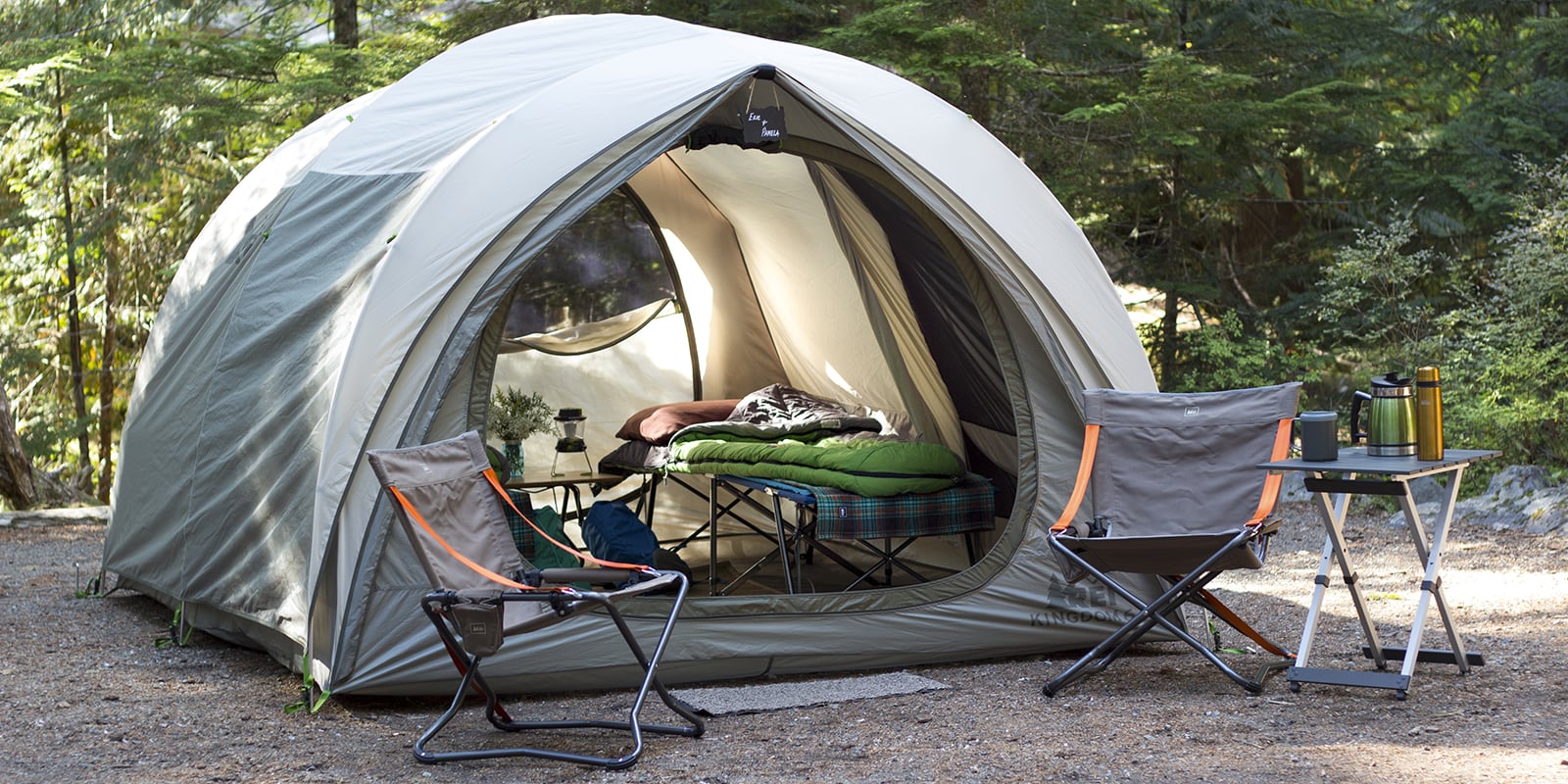Camping offers a unique opportunity to escape the hustle and bustle of daily life and immerse oneself in the beauty of nature. Whether you’re a seasoned outdoor enthusiast or a novice camper, mastering the art of efficient and safe campsite setup is essential to ensure a comfortable and enjoyable experience. A well-organized campsite not only enhances your outdoor adventure but also contributes to the preservation of the environment. Here’s a comprehensive guide to help you achieve a successful campsite setup.
Choose the Right Location
Selecting an appropriate campsite location is the foundation of a successful setup. Here are some key factors to consider:
- Proximity to Water and Resources: Choose a spot close to a water source, but ensure you’re at a safe distance to avoid flooding. Also, consider the availability of firewood and other essential resources.
- Elevation and Terrain: Avoid camping in low-lying areas prone to collecting water or cold air. Opt for flat ground to set up your tent, cooking area, and other facilities.
- Environmental Impact: Aim to minimize your impact on the environment. Avoid trampling vegetation and disturbing wildlife habitats.
- Safety: Stay away from potential hazards such as dead trees, rocky ledges, or areas prone to avalanches or landslides. You can carry gun with 9mm ammo to stay safe while camping.
Efficient Tent Setup
Setting up your shelter efficiently is crucial for a comfortable night’s sleep and protection from the elements:
- Inspect and Clear the Area: Before pitching your tent, clear the ground of rocks, sticks, and debris. This prevents damage to your tent floor and increases your comfort.
- Tent Orientation: Position your tent so that the door faces away from prevailing winds and rain. This prevents moisture from entering your tent.
- Use a Ground Cloth: Place a ground cloth or footprint under your tent to provide an additional layer of protection against moisture and abrasion.
- Stake Down Properly: Use stakes to secure your tent to the ground. This prevents it from shifting in windy conditions and ensures stability.
Organized Cooking and Eating Area
Creating an organized cooking and eating space enhances safety and efficiency:
- Distance from Tent: Set up your cooking area at a safe distance from your tent to prevent fire hazards and food odors from attracting wildlife.
- Use a Camp Stove: While campfires are enjoyable, they can have a significant impact on the environment. Using a camp stove is more efficient and reduces your ecological footprint.
- Food Storage: Keep food stored in airtight containers to prevent attracting animals. If camping in bear country, use bear-resistant containers or hang food from a tree at a safe distance.
Leave No Trace
Responsible camping involves leaving the campsite as pristine as you found it:
- Pack Out Trash: Dispose of trash properly carrying out everything you brought in. This includes food scraps, wrappers, and any other waste.
- Bathroom Etiquette: If there are no restroom facilities, follow Leave No Trace principles for digging a “cathole” at least 200 feet away from water sources. Bury human waste and toilet paper properly.
- Respect Wildlife: Observe animals from a distance and do not feed them. Human food can harm animals and alter their natural behavior.
![The Ultimate Tent Camping Setup Guide [+ Printable Checklist] - Brooke In Boots](https://i0.wp.com/brookeinboots.com/wp-content/uploads/2022/04/IMG_7087-1.jpg?resize=800%2C600&ssl=1)
Safety Precautions
Prioritize safety during your camping adventure:
- First Aid Kit: Carry a well-stocked first aid kit and know how to use it.
- Communication: Ensure you have a reliable means of communication, such as a fully charged cell phone or a satellite communicator.
- Weather Awareness: Stay informed about weather conditions and be prepared for changes. Pack appropriate clothing layers for varying temperatures.
- Fire Safety: If campfires are allowed, create a fire ring and keep it small. Always fully extinguish fires before leaving the campsite.
Final Thoughts
Mastering the art of efficient and safe campsite setup is a skill that enhances your outdoor experience while minimizing your impact on the environment. By carefully selecting your campsite location, setting up your shelter and cooking area thoughtfully, and following Leave No Trace principles, you can enjoy the beauty of nature responsibly. Remember that the key to successful camping lies in preparedness, adaptability, and respect for the natural world.




